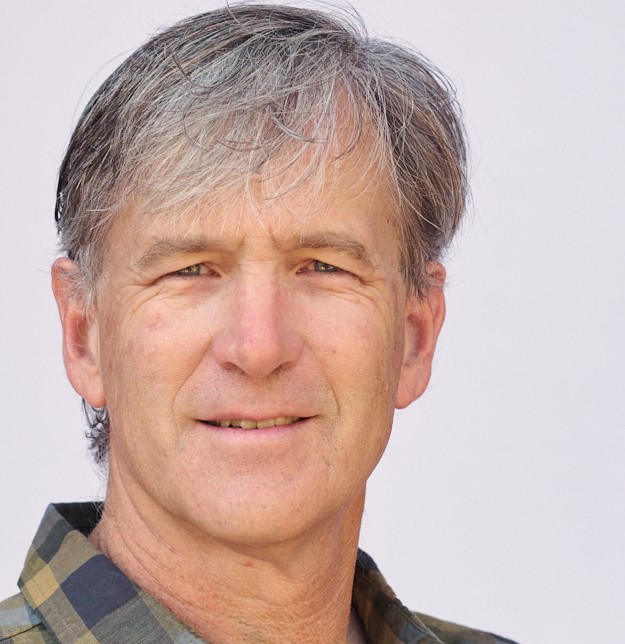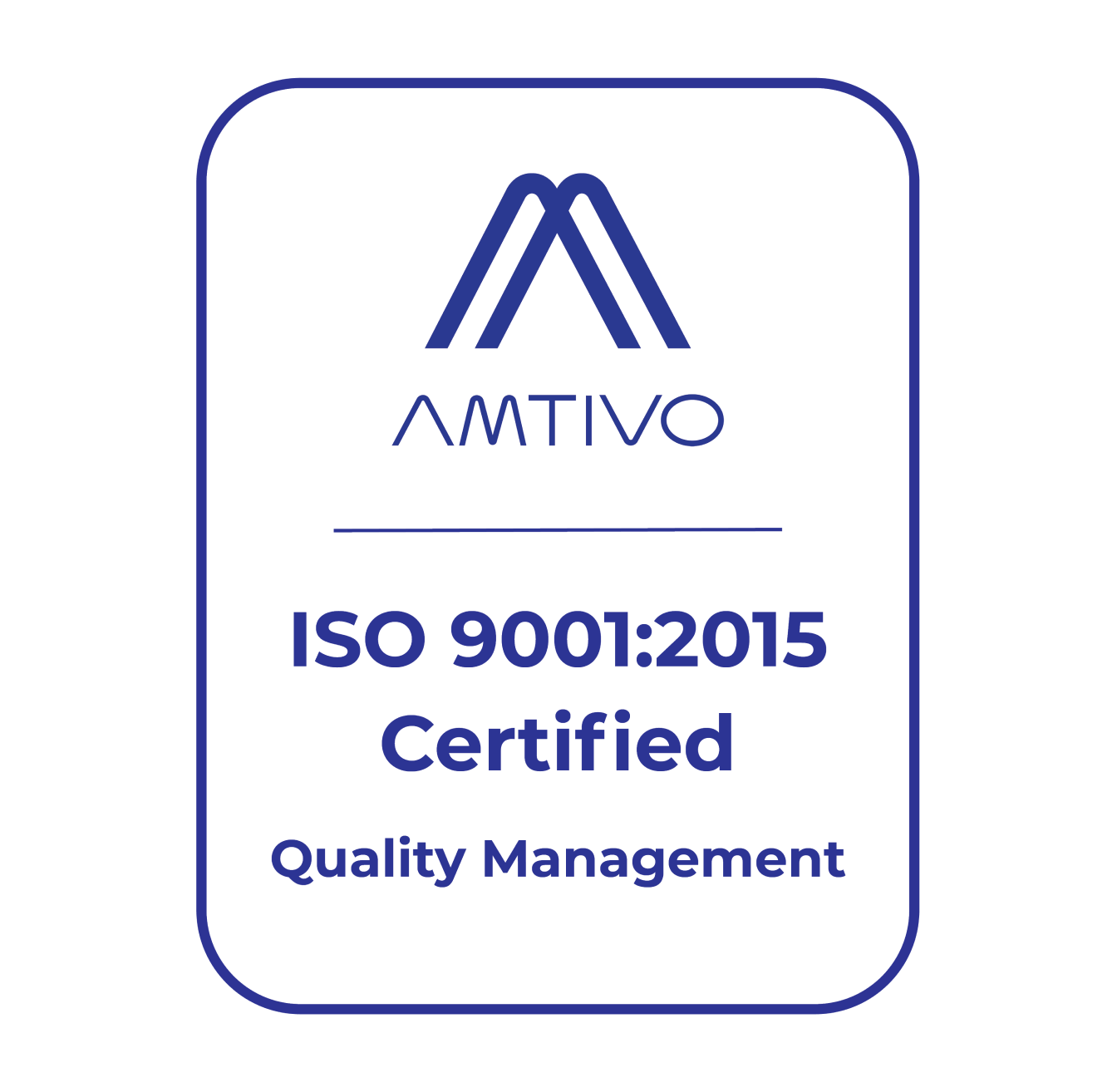1-800-833-7958 | Sales@geotechenv.com | Find a Location | Español | 中文 |
Meet Michael Whelan
Presenting for Colorado Environmental Management Society - "Don't Dispose It! Beneficially Reuse It - Making the Most of Unwanted Sediments, Biosolids, & other Waster Materials"
Geotech Field Days - Friday, June 20th, 2025
12:00pm - 1:00pm
Speaker:
Michael Whelan, PE, Principal Engineer, Anchor QEA, Inc.

Abstract:
Environmental restoration and remediation projects often result in the generation of “waste” materials, taking the form of sediments, solids, sludge, and other remnant materials. Example projects that result in generation of wastes include land excavation or dredging from land sites, brownfields, lakes, reservoirs, rivers, and industrial processing facilities and lagoons. Similar wastes are generated by industrial and infrastructure processes.
Final transport and disposal of these generated wastes can be one of the largest cost drivers for their projects. Beneficial use is a strategy for making something more productive out of the wastes, which can be favorable not only from a project cost standpoint but also can aid in achieving regulatory approval and public acceptance.
This talk will review strategies for planning, investigating, designing, and executing successful beneficial reuse projects, for such environmental waste streams as described above. Areas of beneficial use for such materials can include habitat creation, agricultural improvements, and construction fill. In each case, as this talk will cover, specific regulatory requirements will apply. Technical realities further influence the selection of material processing and treatment methods, and therefore the overall cost impacts and technical feasibility of beneficial use.
Biography:
Michael Whelan, PE is a principal engineer with the national environmental consulting firm Anchor QEA, based out of the firm’s local office in Lakewood. His background covers geotechnical, civil, and environmental engineering elements applied to in-water in on-land site settings across the U.S. and internationally. His 28-year career in consulting currently focuses on strategizing remedial actions, dredge and fill projects, and managing sediments from lakes, rivers, and coastal settings. He also travels frequently to coastal cities to assist industrial parties with their environmental and waterfront development needs. He attended Colorado School of Mines, where he met his wife Lara (now with two college-age sons), and performed graduate studies at Georgia Tech and MIT.
Attendees will be able to recieve both a single (1) CEC credit and a single (1)PDH credit.




